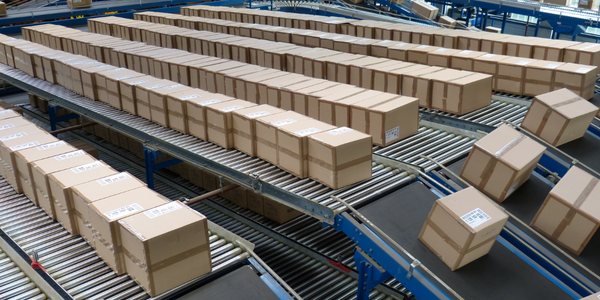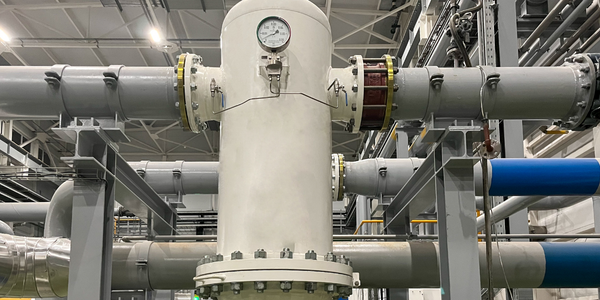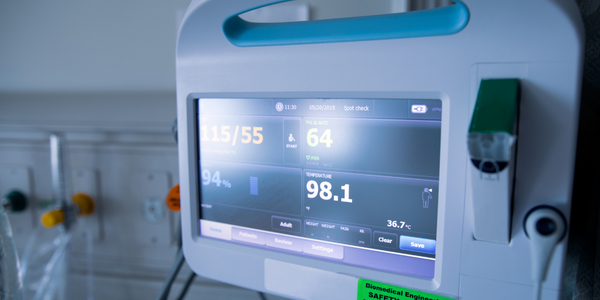适用行业
- 包装
适用功能
- 产品研发
用例
- 智能包装
- 时间敏感网络
服务
- 系统集成
关于客户
ALPLA 是一家全球塑料包装生产商,每年为食品、饮料、制药、油和润滑油、家居和美容护理行业的品牌推出大量新产品。 APLLA 的大多数客户都是全球性企业,使许多产品开发项目全球化,并涉及多个地点的员工、合作伙伴和客户。 ALPLA 为其产品质量设定了非常高的标准,使得产品开发过程异常复杂和彻底。新产品从概念到生产可能需要六到十二个月的时间。
挑战
ALPLA 是一家全球塑料包装生产商,每年为各个行业推出大量新产品。每个产品在生产前都经过严格的开发流程,包括设计、测试和批准。鉴于 APLLA 的大多数客户都是全球性企业,因此许多产品开发项目都是全球性的,涉及多个地点。这使得产品开发过程异常复杂和彻底,新产品从概念到生产需要六到十二个月的时间。 ALPLA 一直在使用 SharePoint 和基于 InfoPath 的表单来自动化全球团队之间的信息交换并支持产品开发流程。然而,这个遗留系统已经过时、不完整且不灵活。它缺乏工作流引擎,无法提供高效的端到端解决方案所需的数据集成。此外,它没有提供持续增强产品开发流程和适应业务变化所需的灵活性。
解决方案
ALPLA 实施了业务流程自动化平台 Nintex K2 Five,为新产品开发创建高效的端到端流程。在当地技术合作伙伴 smartpoint IT Advisory GmbH 的帮助下,ALPLA 创建了一个包含 220 个 SmartForm 和 13 个工作流程的流程。这将员工所需的所有表单、工作流程和数据汇集到一个简化的流程中。 K2 5 流程使员工可以轻松访问每个阶段所需的所有数据,从而避免在搜索信息时浪费时间。团队可以使用 K2 Software 仪表板来概览未完成的任务和项目状态。 K2 软件的使用还提高了新产品开发过程中的可追溯性,每个过程步骤都记录下来以供 ISO 认证等审核。重要的是,K2 Five 使 ALPLA 能够在业务需求发生变化时轻松调整其产品开发流程。
运营影响
数量效益

Case Study missing?
Start adding your own!
Register with your work email and create a new case study profile for your business.
相关案例.

Case Study
IoT Data Analytics Case Study - Packaging Films Manufacturer
The company manufactures packaging films on made to order or configure to order basis. Every order has a different set of requirements from the product characteristics perspective and hence requires machine’s settings to be adjusted accordingly. If the film quality does not meet the required standards, the degraded quality impacts customer delivery causes customer dissatisfaction and results in lower margins. The biggest challenge was to identify the real root cause and devise a remedy for that.

Case Study
Zenon the Ideal Basis for An Ergonomic HMI
KHS develops and produces machines and equipment for filling and packaging in the drinks industry. Because drinks manufacturing, filling and packaging consist of a number of highly complex processes, the user-friendly and intuitive operation of equipment is increasingly gaining in significance. In order to design these processes as simple as possible for the user, KHS decided to introduce a uniform, transparent and standardized solution to the company. The HMI interface should meet the requirement for people with different qualifications and enable them to work on a standard platform.

Case Study
Sparks Dynamics Assists Atlas Container Secure a $15,000 BGE Energy Rebate
The ReMASTER Compressed Air Monitoring system was installed in 2015. This system is capable of monitoring compressed air system parameters on a continuous basis and transferring that information to a cloud server which can be accessed by Atlas Container personnel, Industrial Diagnostics and Sparks Dynamics. This information was collected into a database which can be exported to an Excel spreadsheet or displayed graphically using Sparks Dynamics ViewMaster Software. The average annual compressed air electricity expense was estimated to be approximately $116,000. This is based on an incremental $/KWh electric rate of $.091 per KWh and an estimated compressed air energy consumption of 1,279,200 KWH. The implementation phase of Energy Conservation Measures (ECMs) for the Compressed Air System included: • Identification and repair of compressed air leaks • Understanding of compressed air usage per manufacturing machine and installation of shut off valves when the machines are no longer in production mode • Identification of misapplications of compressed air to include blow offs, venturis, and cooling scenarios • Understand system pressure requirements and potential installation of point of use pressure regulation.

Case Study
Automated Pallet Labeling Solution for SPR Packaging
SPR Packaging, an American supplier of packaging solutions, was in search of an automated pallet labeling solution that could meet their immediate and future needs. They aimed to equip their lines with automatic printer applicators, but also required a solution that could interface with their accounting software. The challenge was to find a system that could read a 2D code on pallets at the stretch wrapper, track the pallet, and flag any pallets with unread barcodes for inspection. The pallets could be single or double stacked, and the system needed to be able to differentiate between the two. SPR Packaging sought a system integrator with extensive experience in advanced printing and tracking solutions to provide a complete traceability system.

Case Study
Mondi Implements Statistics-Based Health Monitoring and Predictive Maintenance
The extrusion and other machines at Mondi’s plant are large and complex, measuring up to 50 meters long and 15 meters high. Each machine is controlled by up to five programmable logic controllers (PLCs), which log temperature, pressure, velocity, and other performance parameters from the machine’s sensors. Each machine records 300–400 parameter values every minute, generating 7 gigabytes of data daily.Mondi faced several challenges in using this data for predictive maintenance. First, the plant personnel had limited experience with statistical analysis and machine learning. They needed to evaluate a variety of machine learning approaches to identify which produced the most accurate results for their data. They also needed to develop an application that presented the results clearly and immediately to machine operators. Lastly, they needed to package this application for continuous use in a production environment.

Case Study
Industry 4.0 at ALPLA: Enhancing Factory Efficiency with IoT
ALPLA, a global leader in packaging solutions, faced several challenges as the complexity of their production machinery increased. The need for highly trained specialists in each factory led to higher personnel costs, difficulties in recruiting experienced talent at each location, and costly personnel turnover. Furthermore, less experienced operators running the machines sub-optimally impacted resource consumption and overall equipment effectiveness (OEE). ALPLA also faced the challenge of monitoring visual inspection systems in every line of their plants, which was almost impossible to do manually. In 2016, ALPLA decided to use data from the 900 different types of embedded sensors in each factory to address these issues. However, their initial choice of SQL Server as the data store for the sensor data proved inadequate, as it was unable to cope with their data requirements.






